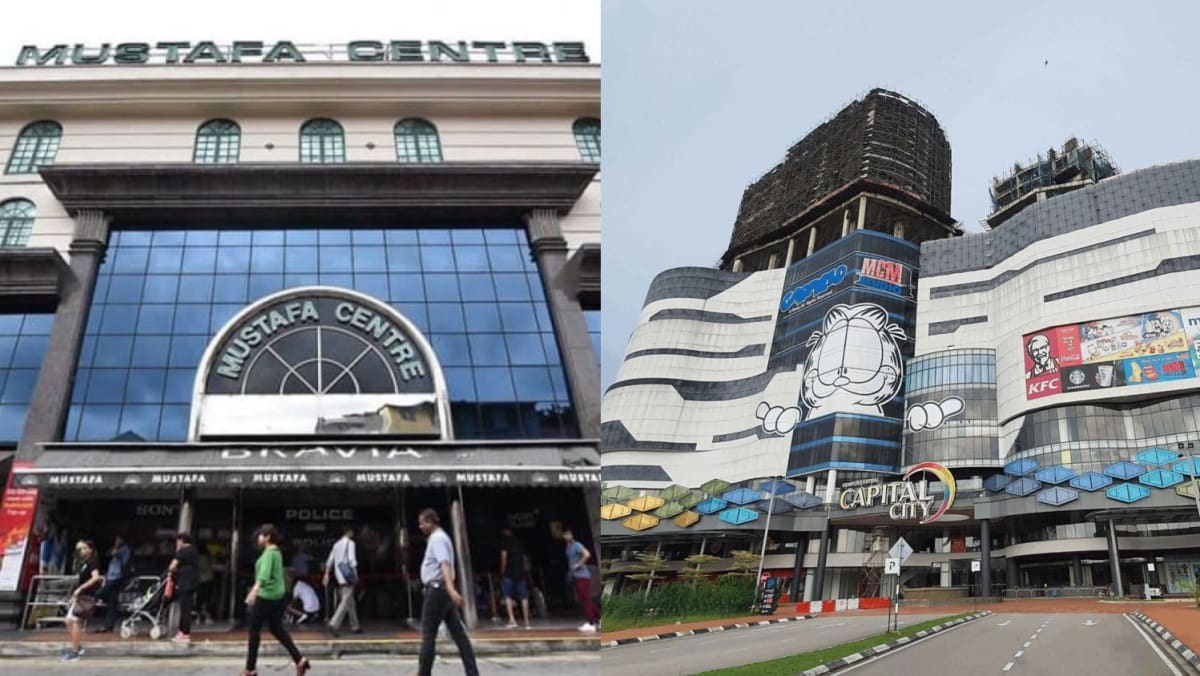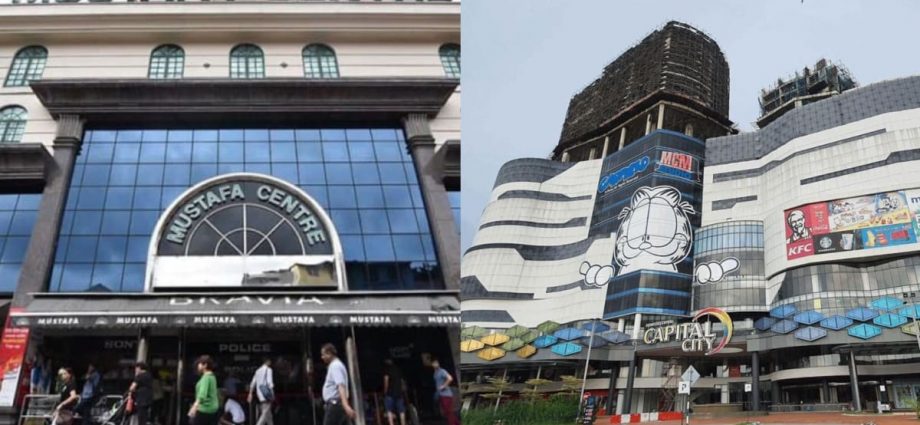
RETAIL PARADISE FOR SOME
Johor Bahru is already wildly popular with Singapore tourists, with sprawling malls within the city limits and even more in the neighbouring districts of Iskandar Puteri and Kulai. At S$1 to RM3.32 (US$0.75) at the time of writing, the discerning Singapore shopper may head there to make the most of the favourable exchange rate.
Decathlon, the French sporting goods hyperstore for example, has many shops and mini-outlets across Singapore. But the newly opened JB branches have been popular with Singapore shoppers who have noticed that some products cost less in ringgit.
Singapore is the largest market for arrivals. According to Tourism Malaysia data, 5.22 million visitor arrivals were from Singapore in 2022, with Indonesia a distant second.
While it is not specified how many travelled through or only to Johor, Singapore is clearly an important customer base for Johor retail, F&B and service industries and their path to economic recovery.
To Malaysians, however, the southern-most state is broadly seen as an expensive one to live in, with higher costs of living blamed on its Singapore clientele. The many Malaysians who are working in Singapore but based in Johor may have the means to shop and eat out, but the same does not necessarily apply to the rest of Johor residents.
LOCAL ECONOMIC REALITIES
For the average Malaysian living and working in Johor, belt-tightening is increasingly becoming the norm.
The pandemic years shattered many Malaysians economically. About 20 per cent of middle-income households (pre-pandemic M40) slid into the bottom 40 per cent income group (B40). An additional 12.5 per cent of the B40 entering the hardcore poor category (defined as having a household income of less than RM1,169).

